What Are The Types Of Endoscopes ?
There are several types of endoscopes used in medical procedures, including flexible endoscopes, rigid endoscopes, and capsule endoscopes. Flexible endoscopes are the most commonly used type and are made up of a long, flexible tube with a light and camera at the tip. They can be inserted through natural body openings, such as the mouth or anus, to visualize and examine internal organs or structures. Rigid endoscopes, on the other hand, are straight and inflexible, and are often used for procedures that require a more direct and precise approach, such as arthroscopy or laparoscopy. Lastly, capsule endoscopes are small, swallowable devices that contain a camera and are used to capture images of the digestive tract as they pass through the body. Each type of endoscope has its own specific uses and advantages depending on the procedure being performed.
1、 Rigid endoscopes
Rigid endoscopes are one of the types of endoscopes used in medical procedures. They are characterized by a straight, inflexible tube that allows for direct visualization of internal organs and structures. Rigid endoscopes are commonly used in various medical specialties, including urology, gynecology, orthopedics, and general surgery.
There are several types of rigid endoscopes, each designed for specific medical applications. One common type is the laparoscope, which is used in minimally invasive surgeries to examine and operate on the abdominal cavity. Another type is the arthroscope, which is used in orthopedic procedures to visualize and treat joint conditions. Cystoscopes are used in urology to examine the bladder, while hysteroscopes are used in gynecology to examine the uterus.
In recent years, there have been advancements in rigid endoscope technology. One notable development is the incorporation of high-definition imaging systems, which provide clearer and more detailed images during procedures. This allows for better visualization and enhances the accuracy of surgical interventions. Additionally, there has been a shift towards the use of smaller and more compact rigid endoscopes, which offer improved maneuverability and patient comfort.
Furthermore, the integration of advanced surgical tools, such as lasers and robotic systems, with rigid endoscopes has expanded the capabilities of these devices. This has led to the emergence of minimally invasive robotic-assisted surgeries, which offer numerous benefits, including reduced trauma, faster recovery times, and improved surgical outcomes.
In conclusion, rigid endoscopes are an essential tool in modern medicine, enabling physicians to visualize and treat various conditions. With advancements in technology, such as high-definition imaging and robotic-assisted surgery, rigid endoscopes continue to evolve, providing improved diagnostic and therapeutic capabilities.
2、 Flexible endoscopes
Flexible endoscopes are a type of endoscope that are widely used in medical procedures to visualize and diagnose conditions within the body. They are called "flexible" because they are made of a flexible fiber-optic bundle that allows for easy maneuverability and navigation through the body's natural pathways.
There are several types of flexible endoscopes, each designed for specific medical specialties and procedures. The most common types include:
1. Gastrointestinal endoscopes: These are used to examine the digestive tract, including the esophagus, stomach, and intestines. They are commonly used for procedures such as upper gastrointestinal endoscopy and colonoscopy.
2. Bronchoscopes: These endoscopes are used to visualize the airways and lungs. They are commonly used for procedures such as bronchoscopy and lung biopsy.
3. Urological endoscopes: These are used to examine the urinary tract, including the bladder and urethra. They are commonly used for procedures such as cystoscopy and ureteroscopy.
4. Gynecological endoscopes: These are used to examine the female reproductive system, including the uterus and ovaries. They are commonly used for procedures such as hysteroscopy and laparoscopy.
5. ENT endoscopes: These are used to examine the ear, nose, and throat. They are commonly used for procedures such as laryngoscopy and nasal endoscopy.
In recent years, there have been advancements in flexible endoscope technology. For example, there has been a shift towards the use of digital endoscopes, which provide higher resolution images and improved visualization. Additionally, there has been an increase in the use of minimally invasive procedures, where flexible endoscopes are used to perform surgeries with smaller incisions and reduced recovery times.
Overall, flexible endoscopes play a crucial role in modern medicine, allowing for non-invasive visualization and diagnosis of various conditions. With ongoing advancements in technology, these endoscopes continue to evolve, providing better outcomes for patients and improving the overall practice of medicine.
3、 Capsule endoscopes
Capsule endoscopes are a type of endoscope that have revolutionized the field of gastrointestinal imaging. These small, pill-sized devices are equipped with a camera and light source, allowing for non-invasive examination of the digestive tract. They are swallowed by the patient and capture images as they pass through the gastrointestinal system, transmitting the data to a recording device worn by the patient.
There are several types of capsule endoscopes available, each with its own unique features and applications. The most common type is the small bowel capsule endoscope, which is used to visualize the small intestine. This is particularly useful in diagnosing conditions such as Crohn's disease, small bowel tumors, and obscure gastrointestinal bleeding.
Another type of capsule endoscope is the colon capsule endoscope, which is designed to examine the colon. While traditional colonoscopy remains the gold standard for colon examination, capsule endoscopy can be a valuable alternative for patients who are unable or unwilling to undergo the invasive procedure.
In recent years, there have been advancements in capsule endoscopy technology. For example, some capsule endoscopes now have the ability to take biopsies or deliver medication directly to the gastrointestinal tract. Additionally, researchers are exploring the use of artificial intelligence algorithms to analyze the images captured by capsule endoscopes, potentially improving diagnostic accuracy and efficiency.
Overall, capsule endoscopes have transformed the field of gastrointestinal imaging by providing a less invasive and more patient-friendly alternative to traditional endoscopy procedures. As technology continues to advance, we can expect further improvements in the capabilities and applications of capsule endoscopes.
4、 Video endoscopes
Video endoscopes are a type of endoscope that utilize advanced imaging technology to provide high-quality video images of the internal organs and structures of the body. These endoscopes are widely used in various medical specialties, including gastroenterology, pulmonology, urology, and gynecology, among others.
There are several types of video endoscopes available, each designed for specific medical procedures and applications. One common type is the flexible video endoscope, which consists of a flexible insertion tube that can be maneuvered through the body's natural passages. This type of endoscope is commonly used for procedures such as colonoscopy, bronchoscopy, and cystoscopy.
Another type is the rigid video endoscope, which is a straight, rigid tube with a camera at the tip. This type of endoscope is often used for procedures that require a more direct and precise approach, such as arthroscopy or laparoscopy.
In recent years, there have been advancements in video endoscope technology, leading to the development of new types of endoscopes. For example, capsule endoscopy involves swallowing a small, pill-sized camera that captures images as it passes through the digestive tract. This type of endoscope is particularly useful for diagnosing conditions in the small intestine that are difficult to reach with traditional endoscopes.
Additionally, there have been advancements in high-definition video endoscopes, which provide even clearer and more detailed images. These endoscopes have improved visualization capabilities, allowing for better detection and diagnosis of abnormalities.
In conclusion, video endoscopes are an essential tool in modern medicine, allowing healthcare professionals to visualize and diagnose conditions within the body. With advancements in technology, the types of video endoscopes continue to evolve, providing improved imaging capabilities and expanding the range of procedures that can be performed.









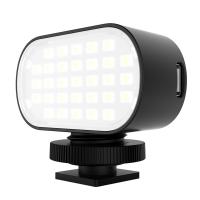




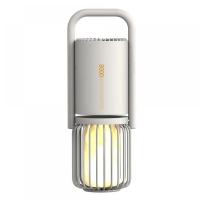



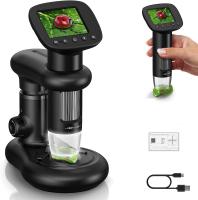
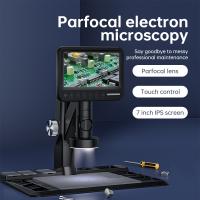
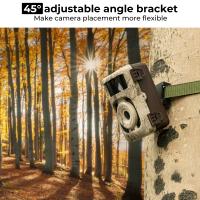


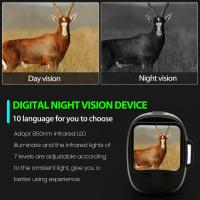
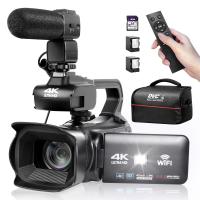
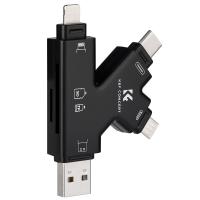

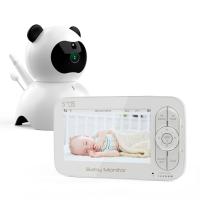
There are no comments for this blog.